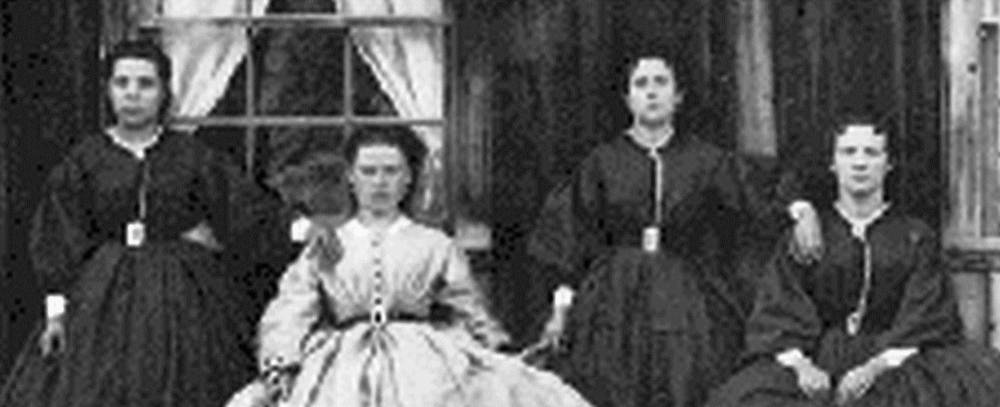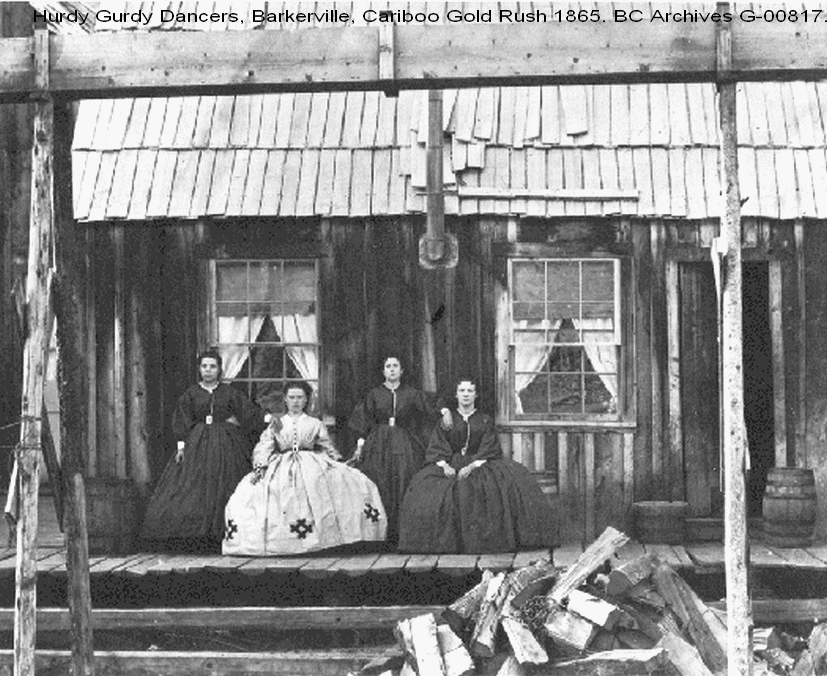Animate Historical Nonfiction with Lifelike Details
Creative nonfiction writers must remain true to the facts. But, we’re also called upon to evoke feelings for the place and people in this hybrid blend of storytelling and reflection. We want readers to experience what happened, not just sit back and collect information. The historian—writing about a past beyond the reach of living memory—faces the greatest challenges with this form so we’ll start there, in this two-part blog post.
Create a Scene
We’re taking tools from the fiction workbench. The easiest one to use is cinematic effect, ‘showing’ readers the people and places through sensory and concrete details. The next tool, writing scenes, demands more skill and finesse because we usually have only fragments of the necessary materials to work with. And dialogue—the lifeblood of fiction scenes—is a rare find in archival sources. But difficult as scenes are in a historical setting, they deliver the dramatic punch. You’re dropping the reader into a moment. The pace has slowed. Change is in process and the reader gains insights about the characters and their interactions. The senses are fully engaged and the action is memorable because it’s told through active verbs.
Where to Find Scene Building Materials

Hurdy Gurdy dancers at Barkerville, BC. Close up of photo G00817, courtesy BC Archives. What concrete details do you see here? What questions does this image raise? (See the full photograph below and check the Barkerville historic town’s website for more details.)
Nonfiction must be based upon solid research. As you gather the facts, highlight every scrap of sensory and concrete details and flag potential scenes. Spend time in the locale to gather your own sensory responses. (What impact do the structures, plants, scenery and changing seasons have?) If you can’t visit in person, browse the internet for images or watch documentaries. Make notes about what you see and hear. Novels of the time describe daily life and technology. (Think Dickens for the Victorian poor.) Or maybe there’s a period diary or letters rich with descriptions? Look to reputable historians and museum artifacts for clues to the way people lived. Are there some evocative source quotes you can use in place of dialogue? Contemporary photos are loaded with information. (See our blog posts for tips about using photographs as writing prompts and research sources: http://thescribes.ca/writing-exercise-prompted-by-a-photograph/ and http://thescribes.ca/photographs-can-provide-details-for-writers/.)
Reveal Your Guesswork
Building scenes from fragments of facts and telling details sometimes requires informed speculation. As you do so, remember your readers need and expect the truth. Reveal your guesswork with cue words and phrases like: could have, would have, might have, must have, should have, would appear, would seem, perhaps, likely, maybe, likely, probably, suppose, no doubt. Be judicious in their use. These words interrupt the story world you’re conjuring. Posing questions invites readers to form their own conjectures. Or you can enter the story as an active interpreter: I imagine, I guess, I wonder. When you make these imaginative leaps, give readers source clues or footnotes to reinforce their trust.
Nuala O’Faolain, in her historical biography The Story of Chicago May, uses all these devices. Here’s a passage about her Irish immigrant protagonist: “Imagine her absorbed in the scene where an Irishwoman her own age, perched on a stool made from bog-oak, was demonstrating the fine stitches that go to make a lace runner. The stool was placed in front of what the fair’s brochure called…” O’Faolain admits she’s fabricating, with the opening word. She gives us specific information with that bog oak stool and fine stitches on the lace runner—and she names her source. It’s a period brochure.

Examine every inch of a photograph to gather details. Make a list of what you see and wonder about. Writer Myrna Kostash suggests you grid the photo and examine it square by square before you begin to make surmises and generalizations about the picture as a whole.
Scatter concrete and sensory elements throughout the narrative, like wildflowers in a forest glade, but save those hard-won scenes as specimen plantings. They are vibrant focal points among the subtle foliage of the unfolding narrative, leading the reader toward the garden’s theme. Have fun with it. Be mindful that you’re on a slippery slope toward fiction. Reveal your guesses, but do it in the least interruptive way possible as you strive for an account that’s both informative and evocative.
Next up are some thoughts from Annette Yourk about the challenges and opportunities for animating writing based upon living memory, in essays, biographies and memoir.
